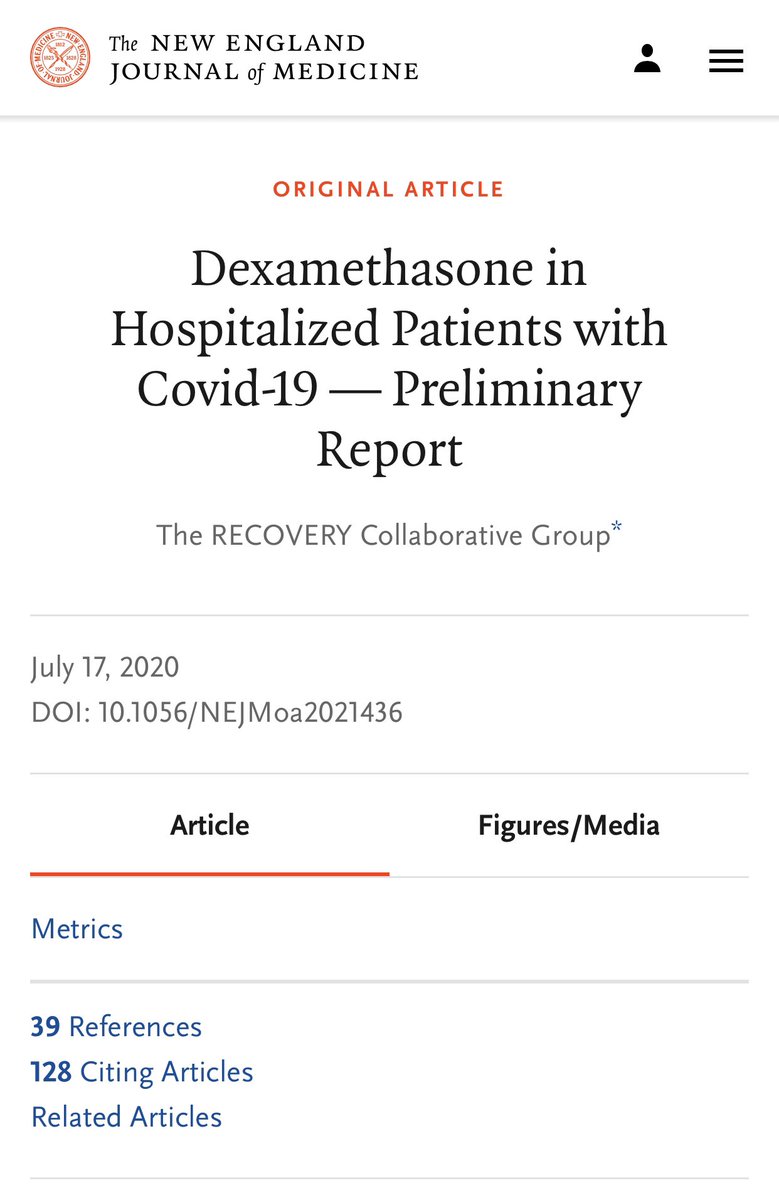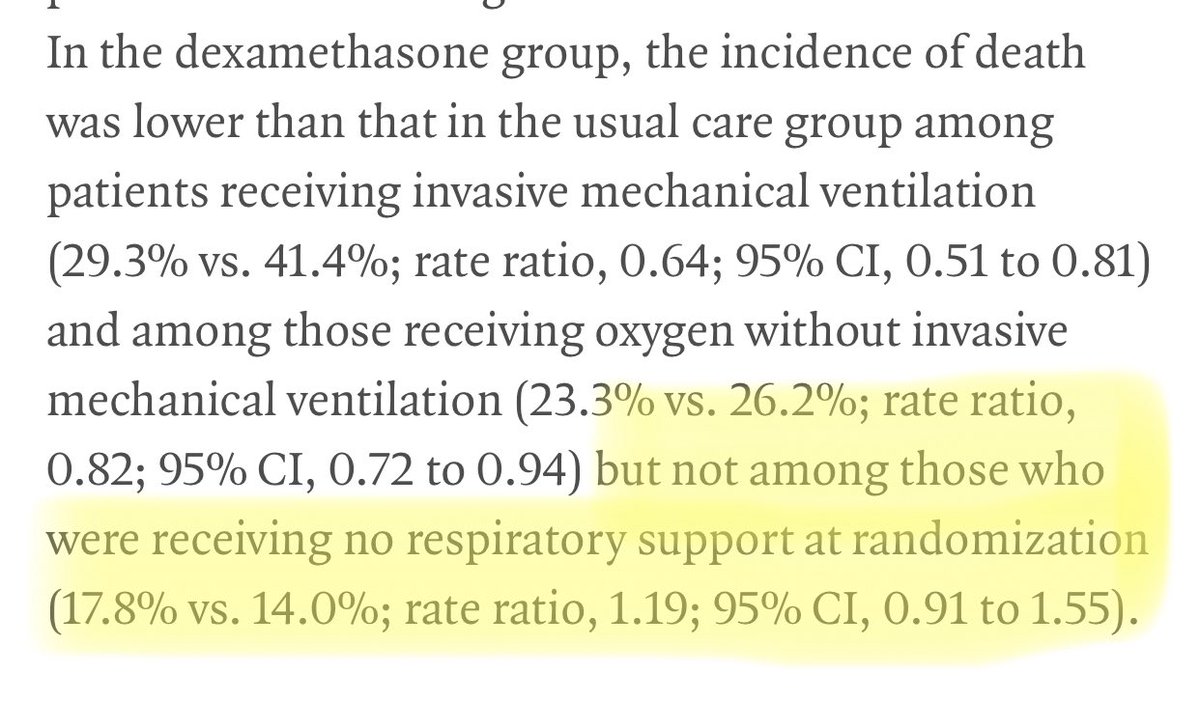
NEW: CDC has now *officially* updated their #covid19 transmission guidelines acknowledging that the virus can hang around in the air for several mins or more— & it can transmit beyond 6 feet in scenarios with poor ventilation that are enclosed.
washingtonpost.com/health/2020/10…
washingtonpost.com/health/2020/10…
2/ Several outbreak studies have suggested this for months—& yet it is only now that this is being officially acknowledged
This is one of my personal biggest issues w/ our epidemic response— despite having some data, we don’t move to act when benefits of doing so outweigh costs
This is one of my personal biggest issues w/ our epidemic response— despite having some data, we don’t move to act when benefits of doing so outweigh costs
3/ Our communications to the public have focused almost exclusively on droplet-based spread— “6 feet apart” and “wear a mask”.
6 feet apart is NOT always sufficient!
And cloth masks are NOT designed to stop aerosols that hang around in the air.
6 feet apart is NOT always sufficient!
And cloth masks are NOT designed to stop aerosols that hang around in the air.
4/ This is why many of us have focused on strategies such as 3 Cs from Japan— avoid prolonged close contact, closed spaces, and crowds. This can help stop super spreading events, a number of which are why we believe the virus is airborne in certain circumstances. 

• • •
Missing some Tweet in this thread? You can try to
force a refresh




